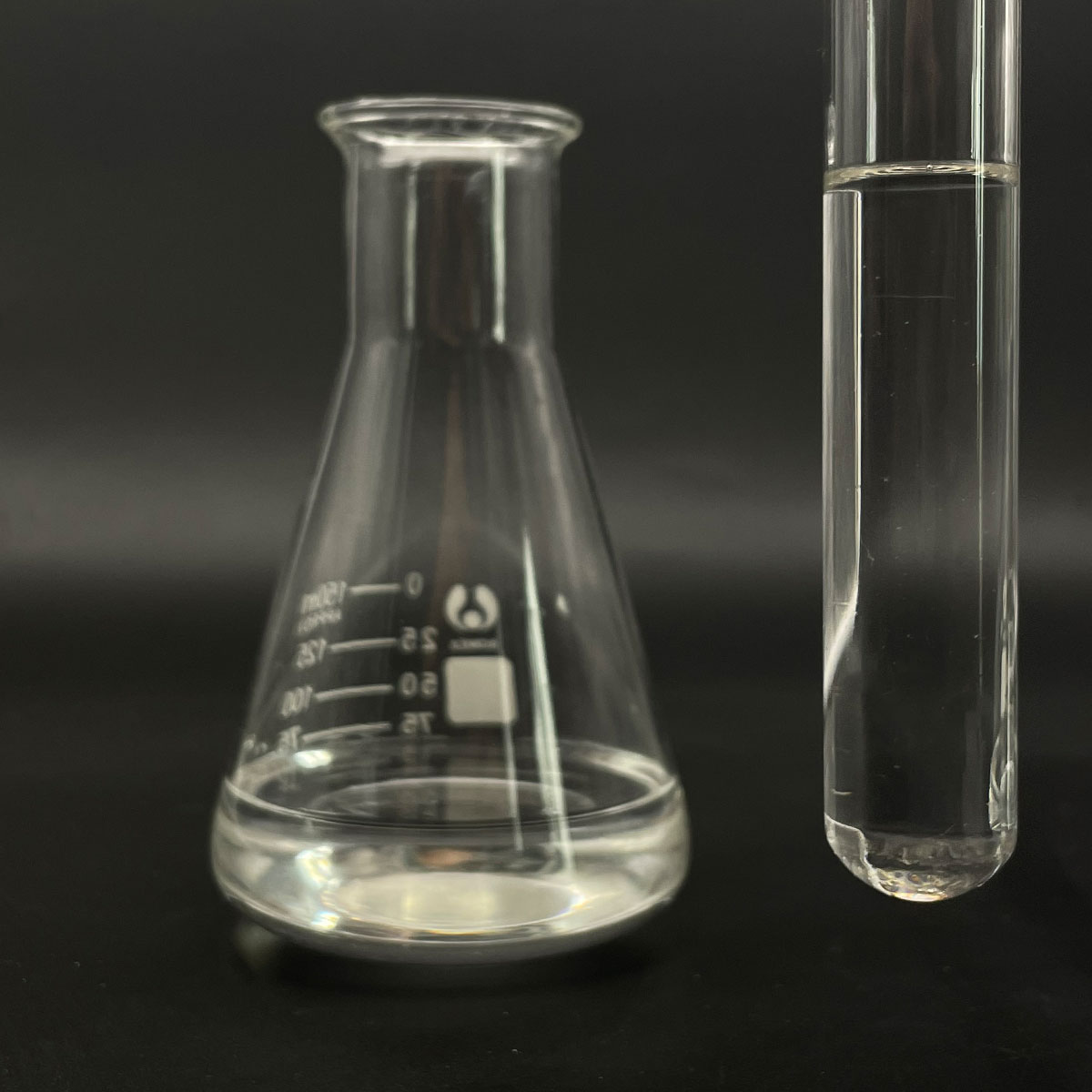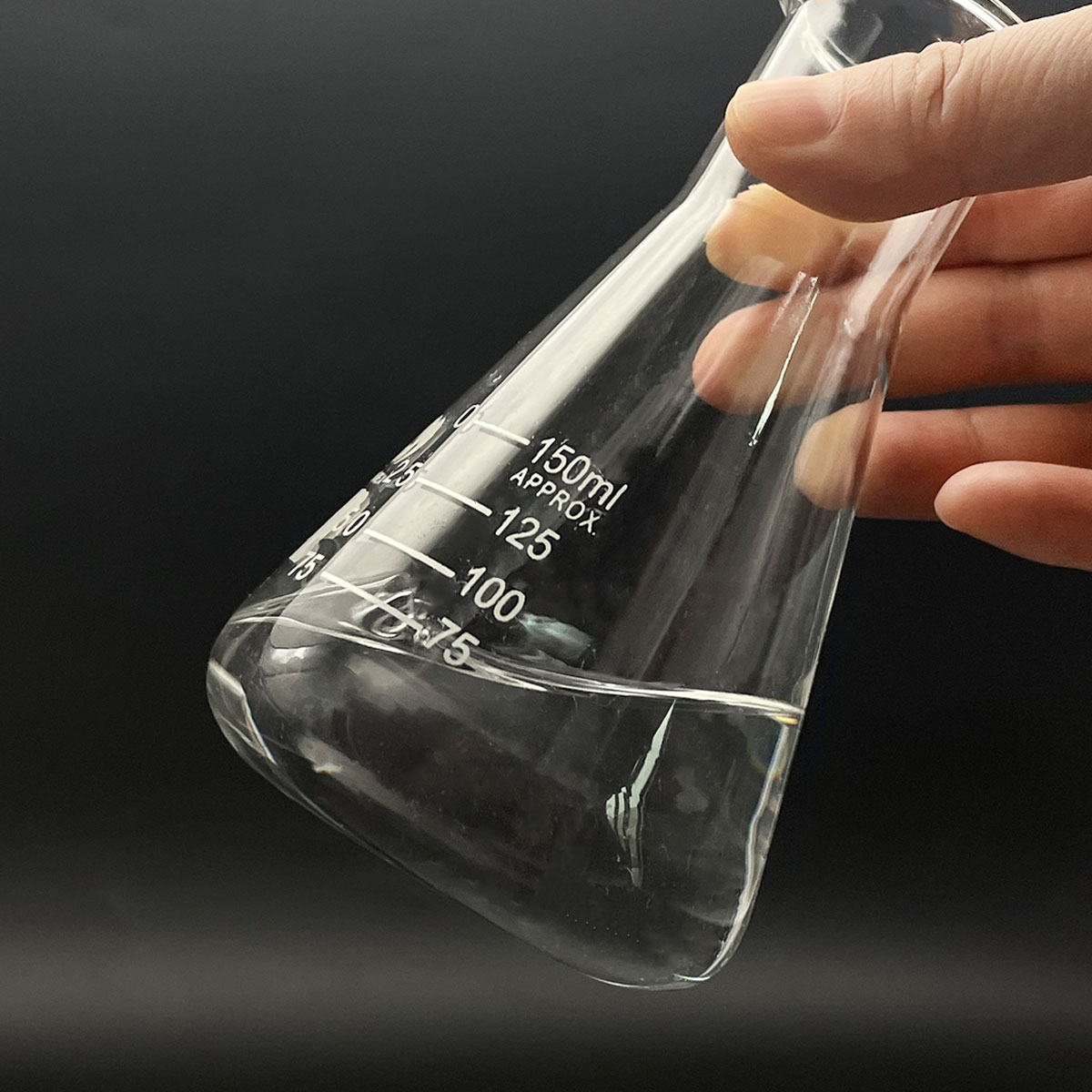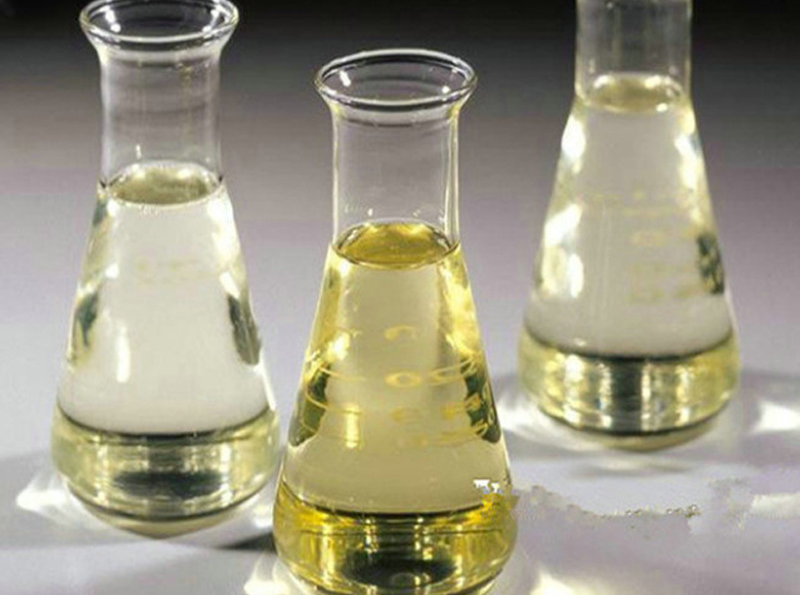Title: The Surfactant Puzzle: Does It Truly Unlock Lung Flexibility?
(Does Surfactant Increase Compliance)
**What Exactly Is Surfactant and Lung Compliance?**
Surfactant is a slick substance made by your lungs. Think of it as biological soap. It coats tiny air sacs called alveoli. These sacs handle oxygen exchange. Compliance measures lung stretchiness. Stiff lungs struggle to expand. Flexible lungs inflate easily. Surfactant cuts surface tension inside alveoli. Surface tension acts like glue. Without surfactant, alveoli stick together. This makes lungs stiff. Surfactant lets alveoli slide smoothly. So lungs inflate with less effort.
**Why Surfactant Matters for Breathing Ease**
Lungs work like balloons. Blowing up a new balloon is hard. It fights expansion. Once stretched, inflating gets easier. Lungs without surfactant mimic that new balloon. Premature babies often lack surfactant. Their lungs are rigid. Breathing becomes exhausting. Adults with lung injuries face similar issues. Surfactant deficiency causes collapse. Alveoli crumple like deflated bags. Gas exchange falters. Oxygen levels drop. Adding artificial surfactant saves lives. It’s urgent care for stiff lungs. Without it, breathing demands heroic energy.
**How Surfactant Boosts Compliance Step-by-Step**
Surfactant molecules have two ends. One loves water. One hates water. They line up at the air-liquid border inside alveoli. The water-hating parts face air. This creates a shield. Surface tension plummets. Imagine alveoli as wet bubbles. High tension makes them shrink. Surfactant spreads a low-tension film. Bubbles stay open effortlessly. Here’s the science: Lower tension means lower pressure to inflate. Physics says pressure equals tension divided by radius. Smaller alveoli need higher pressure to stay open. Surfactant slashes that pressure. Lungs expand smoothly. Compliance jumps.
**Applications: Where Surfactant Therapy Shines**
Hospitals use surfactant replacement for newborns. Preemies get it via breathing tubes. It prevents respiratory distress syndrome. RDS kills without treatment. Surfactant therapy cuts infant deaths by 40%. Adults benefit too. Conditions like ARDS damage surfactant. ARDS follows pneumonia or sepsis. Doctors deliver lab-made surfactant directly to airways. Trials show faster oxygen recovery. Beyond hospitals, surfactant aids drug delivery. Inhalers mix drugs with surfactant. It helps medicine penetrate deeper. Firefighters even use surfactant solutions. They reduce water tension. This helps douse flames faster.
**FAQs: Surfactant Mysteries Uncovered**
*Can adults make enough surfactant?*
Yes. But severe lung injury depletes it. Smoke inhalation or infections wreck surfactant production. Therapy bridges the gap.
*Is artificial surfactant safe?*
Very. It’s copied from cow or pig lungs. Side effects are rare. Some babies face temporary oxygen dips during administration.
*Does surfactant help asthma?*
Indirectly. Asthma narrows airways. Surfactant keeps alveoli open but doesn’t fix constriction. Research explores surfactant mixes with asthma drugs.
*Why not give surfactant preventively?*
Cost and complexity. One dose costs thousands. It requires intubation. Doctors reserve it for critical cases.
*Can we boost natural surfactant?*
(Does Surfactant Increase Compliance)
Steroids aid fetal lung development. For adults, no pills exist yet. Breathing exercises support lung health. They don’t increase surfactant.
Inquiry us
if you want to want to know more, please feel free to contact us. (nanotrun@yahoo.com)




